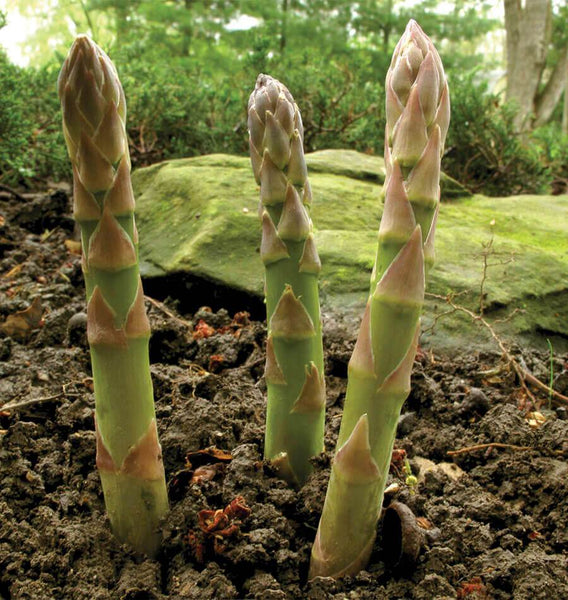Thyme (Thymus vulgaris)
Thyme is a woody perennial shrub that has been used as a culinary and medicinal herb for thousands of years. Many species of thyme exist, and nearly all are native to the region around the Mediterranean. In ancient Egypt, thyme was used in embalming, and the ancient Greeks used it as a fumigant. The Latin word Thymus is derived from the Greek thumos, meaning “courage,” and this association is perhaps why thyme was sent off with the crusaders, as well as the first settlers to America.

Although lemon thyme (T. citriodorus) is sometimes used as a culinary herb, it is the common thyme that first crept into use in Roman kitchens, accompanying cheeses and used in alcoholic beverages. The Romans took the herb with them throughout Europe, and it was naturalized in England by at least the 16th century. It may have first been introduced to England by monastic orders as early as the 13th century. In 1661, the diarist and gardener John Evelyn published the very first book on air pollution, titled the Fumifugium (or The Inconveniencie of the Aer and Smoak of London Dissipated), in which he recommended that thyme be strewn about to “improve and meliorate the Aer about London.”
In the 1720s, the German pharmacist Kaspar Neumann isolated the essential oil thymol, which gives thyme its flavour, aroma, and medicinal qualities. Thymol is a crystalline substance that can be used as a preservative, an anesthetic, or for many other purposes. Book restorers sometimes place thymol in sealed bags with books in order to kill mould spores. It has been used to treat hookworm and ringworm, and as an antiseptic ingredient in mouthwash. Prior to the early 20th century, most of the world’s supply of thymol came from ajowan seeds – and the chemical can also be extracted from bergamot (Monarda sp.). Lovers of Earl Grey tea will know its flavour well since it is flavoured with bergamot orange.

Creeping thyme (T. serphyllum) is a popular decorative groundcover, and a famous source of nectar for honeybees, but is not used in the kitchen. Common thyme, on the other hand, has masses of uses, and retains its flavour as a dried herb longer than most. It is widely used in the cuisines of the Mediterranean, from North African to Levantine to French. Thyme is a key ingredient of the French herb blends bouquet garni and herbes de Provence. It is also widely used in Caribbean cooking, and an important ingredient in Jamaican jerk sauce. Like bay leaves, thyme needs to be added to dishes early, as it releases its flavours gradually, even when fresh.
How to Grow Thyme
Difficulty: Easy to grow, but extremely slow from seed. Thyme is a fine choice for the container herb garden. Commercially grown thyme plants that you might find in a nursery are almost exclusively propagated by cuttings, not seed.
Timing: Sow seeds indoors in late winter. Pinch out the growing tips of young seedlings to encourage bushiness. Transplant to the garden when seedlings are 4" tall or so, in warm soil around the end of May or early June. Offer young plants some protection and lots of moisture as they become established.
Sowing: Barely cover the tiny seeds. Keep medium moist until they have emerged. Be aware that this is a slow process, and use only sterilized seed starting mix.
Soil: Grow thyme in full sun. This herb is not demanding, and will grow well in any loamy, well-drained soil with a relatively neutral pH range, regardless of soil fertility.
Growing: Established plants are drought tolerant, but should be watered well in long stretches of hot weather.
Harvest: Fresh thyme leaves can be harvested at any time of the year as long as the plants are established. Prune back any dead branches. Whole stems/branches can be clipped and dried, or individual leaves can be left to dry in a dark, airy spot for long term storage.
Storage: Store fully dried leaves in a sealed container (glass or plastic), and out of bright light.
Seed info: Fresh thyme seed should have a fairly high germination rate, and should remain viable, if correctly stored, for up to 3 years or more.
Pests & Disease: These are rarely a problem for thyme.






















